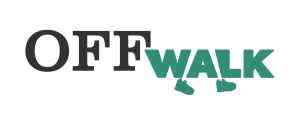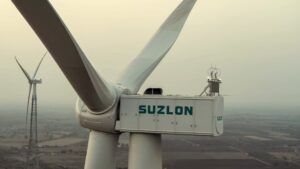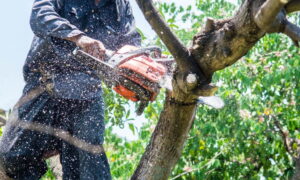The Silent Guardians: Why Professional Tree Cutting Matters More Than You Think

In the Urban Wilderness
Tree cutting, when done with precision and care, represents one of the most misunderstood arts of urban landscape management. The careful removal of branches and sometimes entire trees serves purposes far beyond mere aesthetics—it speaks to safety, ecosystem health, and the delicate balance between human habitation and the natural world. In dense urban environments like Singapore, where greenery and concrete compete for limited space, the thoughtful pruning of trees becomes not merely a maintenance task but an essential practice in urban coexistence.
The Whispered Language of Trees
What might seem like simple vegetation to the untrained eye tells complex stories to those who know how to listen. Each branch, each leaf pattern, reveals histories of growth, struggle, and adaptation.
“When we approach a mature rain tree that requires pruning, we’re entering into a relationship with an organism that has witnessed decades of urban transformation. The care we take reflects our understanding of its significance to the environment and to human memory,” notes a veteran arborist with thirty years of experience in Singapore’s evolving landscape.
The wisdom embedded in professional tree cutting practice includes:
· Recognition of stress patterns in branch structures
· Identification of disease progression before visible symptoms appear
· Understanding of each species’ unique growth habits and requirements
· Knowledge of how pruning affects future growth and tree health
The Invisible Ecosystem
What most passersby fail to perceive is the intricate world surrounding each urban tree—a world that proper tree cutting practices help sustain. The removal of dead or diseased limbs isn’t merely about aesthetics or safety; it’s about maintaining the health of an organism that provides habitat and sustenance for countless other life forms.
In Singapore’s particular context, where biodiversity thrives despite dense urbanisation, tree maintenance represents a crucial point of intersection between human safety and ecological preservation.
“The biodiversity supported by a single mature tree in Singapore can be astonishing. When we make cutting decisions, we consider not just the tree itself but the dozens of species that may depend on it,” explains a researcher specialising in urban ecology.

The Politics of Branches
Like all relationships between humans and nature, tree cutting exists within frameworks of power, governance, and competing interests. The decision to remove a branch—or indeed an entire tree—reflects value judgments about safety, property, aesthetics, and the right to occupy space.
In Singapore’s carefully managed urban landscape, these judgments are codified in regulations that attempt to balance multiple concerns:
· Public safety in high-traffic areas
· Protection of property from falling branches
· Preservation of significant trees for heritage value
· Maintenance of green cover for environmental benefits
The Temporal Art
What separates mere cutting from proper arboricultural practice is the dimension of time. Professional tree cutting anticipates future growth patterns, accounts for seasonal changes, and understands the life cycle of the specific species being tended.
“A properly pruned tree should show no obvious signs of human intervention six months later. The cuts should work with the tree’s natural healing process and growth pattern,” observes a master arborist who trains new professionals.
This temporal consciousness means that tree cutting decisions made today will shape the urban landscape for decades to come—a responsibility that merits careful consideration and expertise.
The Ancestral Knowledge
Throughout human history, the practice of selective pruning has evolved alongside our changing relationship with forests and trees. Indigenous communities across Asia developed sophisticated understanding of how selective cutting could promote forest health while providing necessary materials. This ancestral knowledge, when combined with modern arboricultural science, offers profound insights into sustainable practices that honour both human needs and ecological integrity.
The Way Forward
As our urban environments continue to densify and climate patterns shift, the practice of tree cutting must evolve to meet new challenges. The tension between development pressures and environmental preservation will only intensify, requiring more sophisticated approaches to urban forestry.
· Advanced technologies for non-invasive tree health assessment
· More precise pruning techniques that minimise stress
· Better integration of tree management into urban planning
· Community education about the value and care of urban trees
Conclusion: The Unseen Cultivation
The most elegant tree cutting work remains largely invisible to those who benefit from it. When done with skill and knowledge, it creates safer spaces without sacrificing the essential character and functions of urban greenery. The practitioners who climb into canopies with rope and saw carry not just tools but an understanding of living systems and their place in our complicated world.
As we move forward in our relationship with urban trees, we must recognise that every cut represents a choice—about safety, about aesthetics, about the kind of environment we wish to inhabit. These choices deserve to be made with the fullest possible understanding of both immediate concerns and long-term consequences. Perhaps the most important skill in professional tree cutting is knowing when to put the saw down and let the tree continue its quiet work uninterrupted.






